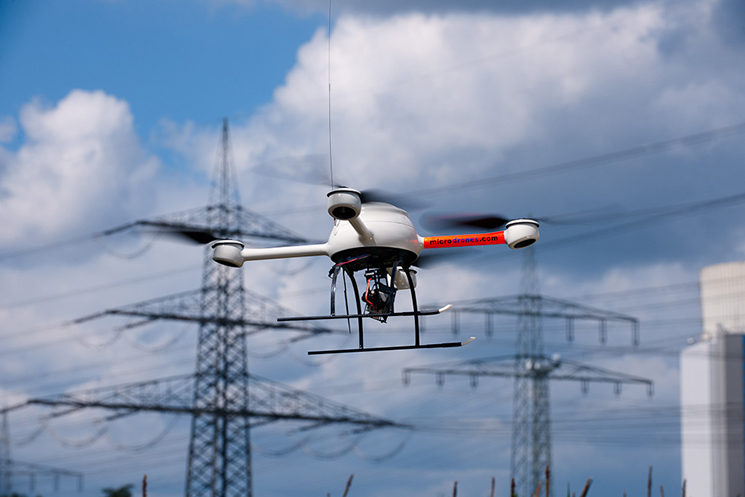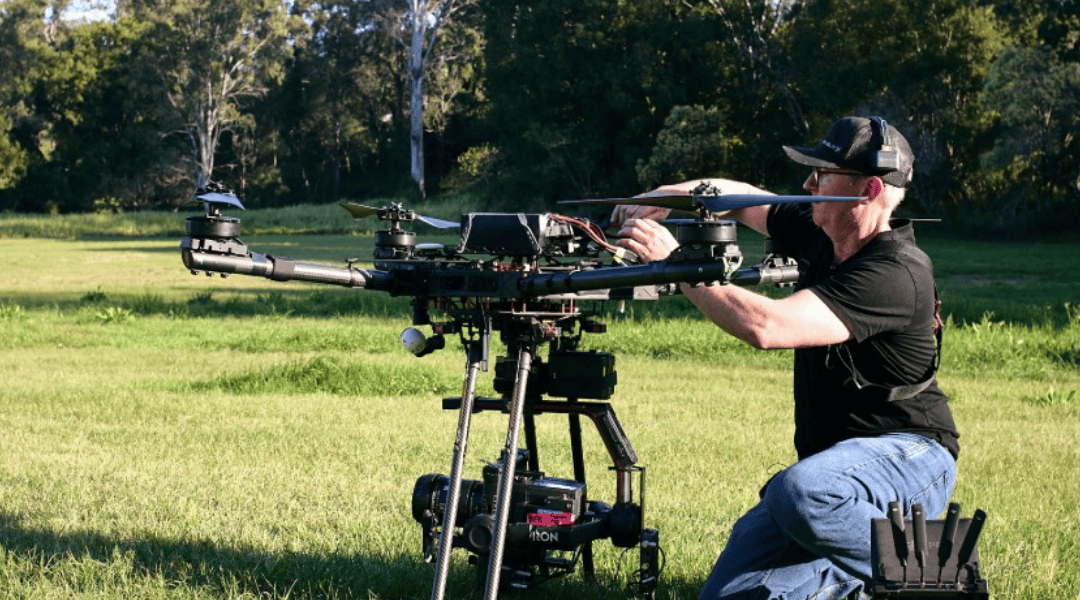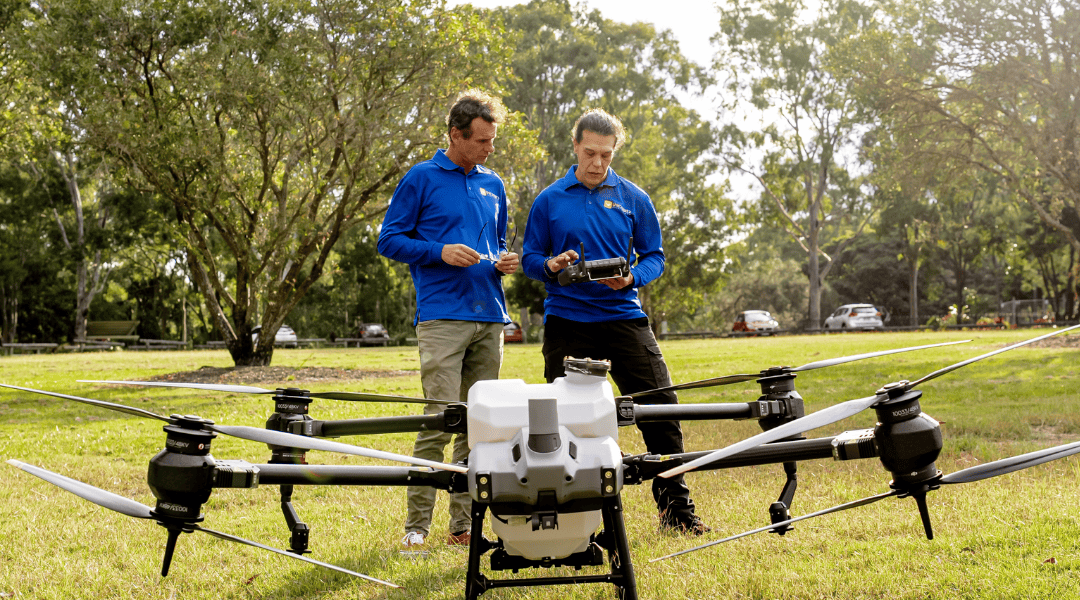The European Union has revealed plans for a new type of airspace. ‘U-space’, is a plan for low-level airspace to enable the safe and widespread use of drones and small manned aircraft.
Developed by the EU’s Single European Sky ATM Research (SESAR), U-space will be an ‘EU wide framework for individuals and businesses to operate drones up to an altitude of 150 m, (400 feet) particularly in an urban context.’
SESAR says ‘U-space facilitates any kind of mission, from the delivery of goods, aerial work, and search and rescue, to more complex future applications such as urban air mobility’.
SESAR announced a four-stage roll-out plan, with the first stage planned to be ready by 2019.
U1 U-space foundation services provide e-registration, e-identification and geo-fencing.
U2 U-space initial services support the management of drone operations and may include flight planning, flight approval, tracking, airspace dynamic information, and procedural interfaces with air traffic control
U3 U-space advanced services support more complex operations in dense urban areas
U4 U-space full services, particularly services offering integrated interfaces with manned aviation. These will rely on very high levels of automation, connectivity and digitisation for both the drone and the U-space system.
SESAR says, ‘over time, U-space services will evolve as the level of automation of the drone increases, and advanced forms of interaction with the environment are enabled (including manned and unmanned aircraft) mainly through digital information and data exchange’.






Sounds like a good idea. It’s important that air law evolves to keep up with technology, and the EU has been very sensible to get on board early.
Rotor wing aircraft operate in this airspace for a variety of purposes, including LEO, medevac, transport, construction, Right of Way clearing & maintenance, etc., etc., etc., etc. The Devil is always in the details. It is easy to see how “unfettered use” of airspace below 400′ AGL would be an attractive sales pitch. However, “geo fencing” is easily compromised, and recreational ops by essentially invisible solid flying objects over congested or other areas would continue to pose substantive risks to human occupied aircraft and to persons on the ground. The proposal appears to address desires of commercial interests who wish to operate freely and to sell product (UAV aircraft), but not the interests of the general public or other users of airspace.